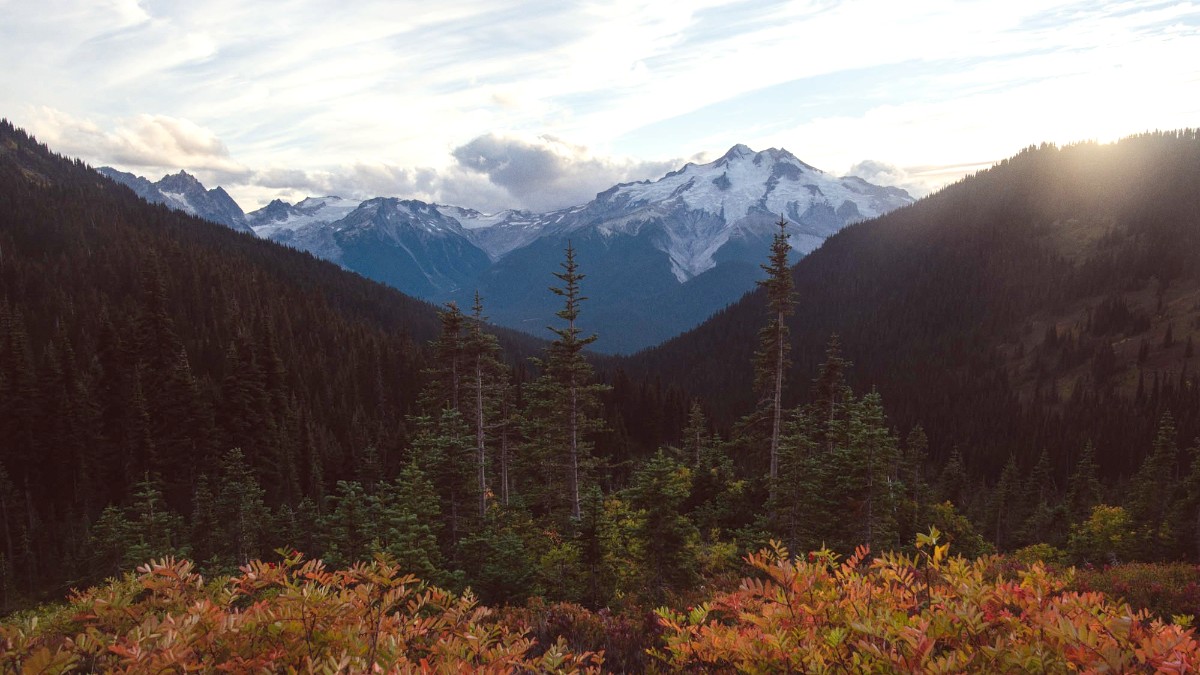
Imagine waking up to views of Mount Rainier, spending your day exploring historic markets, and ending with a delicious meal in a world-class city. Envision hiking through ancient forests, then relaxing at a coastal lodge with the sound of waves nearby. The Pacific Northwest features these contrasts daily. It makes varied travel possible, whether you seek an adrenaline-filled adventure, a peaceful retreat, or a cultural immersion. Its diverse offerings serve many interests and paces.
This region possesses a welcoming atmosphere. People here appreciate the outdoors and a relaxed pace. They also enjoy the sophisticated offerings of urban centers. Traveling here makes switching from a mountain trail to a gourmet restaurant easy. It lets you experience a broad spectrum of activities within a single trip.
The distinct seasons offer different types of beauty and activity, marking it as a noteworthy destination for visits any time of year.
To the west, the Pacific Coast defines much of Oregon and Washington. This coastline features rugged cliffs, expansive sandy beaches, dramatic sea stacks, and dense, misty forests. Here, you find charming coastal towns, opportunities for storm watching in winter, and miles of natural beauty. The Olympic Peninsula in Washington is a striking example, with its temperate rainforests meeting the ocean. Oregon's coast is equally compelling, with iconic spots like Cannon Beach.
Moving inland, the Cascade Mountain Range shapes a prominent spine running north to south through Washington and Oregon. This range features several prominent volcanoes, like Mount Rainier, Mount Hood, and Mount St. Helens. These mountains offer a playground for outdoor enthusiasts. Travelers discover hiking, climbing, skiing, and backpacking opportunities here. The western slopes are wet and lush, supporting dense evergreen forests. The eastern slopes, in contrast, are drier and transition into high desert environments.
Rugged cliffs, sandy beaches, misty forests.
Volcanic peaks, lush forests, outdoor activities.
Rolling hills, agricultural lands, river canyons.
Seattle, Portland, Boise – cultural and economic hubs.
Ocean, forest, mountain, desert within short distances.
East of the Cascades, the landscape changes dramatically. You enter the high desert and steppe regions of Eastern Washington and Oregon, and the vast plains and mountains of Idaho. This area experiences less rainfall. It features rolling hills, agricultural lands (like the fertile Yakima Valley, known for wine and hops), and dramatic river canyons like the Columbia River Gorge. Idaho presents its own rugged mountains, vast forests, and unique geological features, including parts of the Rocky Mountains.
Seattle is located on Puget Sound, a complex inlet of the Pacific Ocean, surrounded by water and mountains. It functions as a cultural and economic hub, providing urban amenities and easy access to natural areas.
Portland lies along the Willamette River, near its confluence with the Columbia River, enjoying views of Mount Hood. Boise, Idaho, serves as a gateway to the state's mountains and rivers. These cities function as cultural and economic hubs, providing urban amenities and easy access to natural areas.
This geographical diversity allows a traveler to experience a wide range of climates and landscapes within a relatively short distance. You can hike in an alpine meadow in the morning and explore a bustling city market in the afternoon.
The Pacific Northwest has a deep and complex history. Numerous distinct tribes, including the Coast Salish, Nez Perce, Chinook, and Spokane, resided in alignment with the land. They developed rich cultures, sophisticated social structures, and unique artistic traditions. Their history holds visible presence in place names, cultural artifacts, and the ongoing presence of tribal nations throughout the region.
European exploration began in the late 18th century, with explorers like Captain Cook and George Vancouver charting the coastline. The famous Lewis and Clark Expedition reached the Pacific Ocean in 1805-1806, mapping the interior and interacting with various Native American tribes. Their journey created a pathway for later fur traders and settlers.
Centuries of tribal cultures living in harmony with diverse ecosystems.
Mid-19th century westward expansion and establishment of major cities.
Rise of technology and innovation in the late 20th century.
The timeline below highlights significant events that shaped the Pacific Northwest.
The Pacific Northwest is a dynamic region that presents something for every traveler. Picture it as a place where nature's grandeur meets urban sophistication, all set against a backdrop of progressive values and a zeal for quality.
The region features a diverse array of stunning landscapes. You find the dramatic, wave-battered coastlines of Oregon and Washington, ideal for beachcombing and storm watching. Inland, the towering, snow-capped peaks of the Cascade Mountains welcome hiking, skiing, and alpine exploration. Lush temperate rainforests, like the Hoh in Olympic National Park, showcase unique ecosystems. Eastern areas feature high desert landscapes, with rolling hills and wide-open spaces. This variety makes shifting from ocean to forest to mountain to desert possible within a few hours.
From coastal beauty to towering peaks and high deserts.
Portland, Seattle, Boise: culture, innovation, and independent spirit.
Fresh local ingredients, renowned coffee, craft beer, and wines.
The Pacific Northwest also is a culinary hotspot. It prides itself on fresh, local ingredients, especially seafood like wild salmon and Dungeness crab, and an abundance of berries and produce. The region holds renown for its coffee culture, with independent roasters found everywhere. It also is a leader in craft beer production and home to acclaimed wine regions, notably Oregon's Willamette Valley for Pinot Noir. Dining here ranges from casual food trucks to fine dining.
The people of the Pacific Northwest are generally welcoming and laid-back. While often described as reserved, they are friendly and proud of their home. They value quality, authenticity, and a connection to nature. This guide facilitates your experience of the Pacific Northwest not just as a tourist, but as someone who appreciates its unique character.